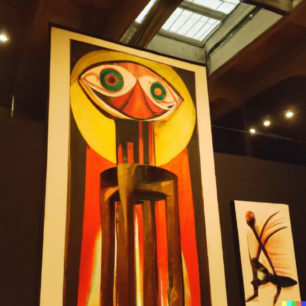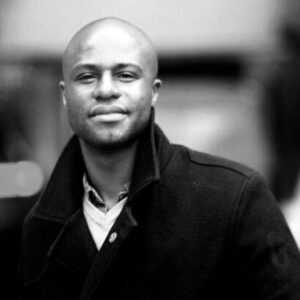SURREALISM BEYOND BORDERS
Eric Akoto, September 8, 2023
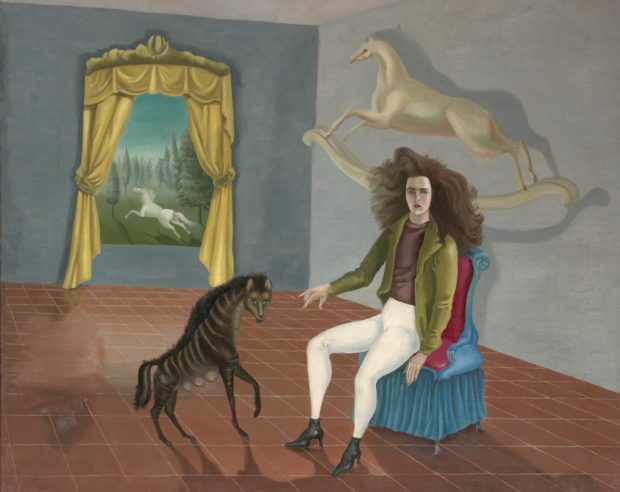
Surrealism: pure psychic automatism, by which it is intended to express . . . the real process of thought. It is the dictation of thought, free from any control by the reason and of any aesthetic or moral preoccupation.
André Breton, Manifesto of Surrealism
International, broad and varied, the Tate Modern exhibition on Surrealism goes beyond the borders of Paris and western countries where the avant-garde movement started in 1924. This inspiring cultural experience expanded and morphed in Africa, Asia, and Central and South America. Over 150 works from 50 countries spanning 80 years give a variegated and multifaceted idea of what Surrealism has meant—and still means—in art. The exhibition features mainly paintings but also some sculptures, films, photography, and magazines. Big names such as René Magritte, Pablo Picasso, Salvador Dalí, Giorgio de Chirico, Joan Miró and others are displayed near minor works of less well-known artists. The effect is interesting as it allows a wider view and traces different routes that revitalise the idea of Surrealism, which was above all a means to challenge social and political systems.
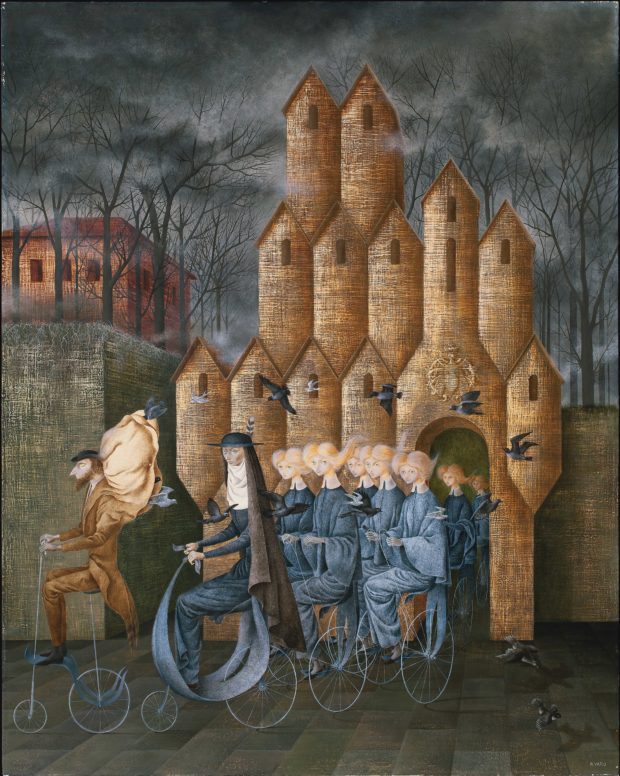
© 2022 Remedios Varo, Artists Rights Society (ARS), New York / VEGAP, Madrid. Image courtesy of Gallery Wendi Norris, San Francisco
The exhibition does not follow a chronological order and is loosely grouped in themes. Specific geographical areas are explored in the same room, emphasising affinities and community projects such as the resistance movement in Cairo in 1938 against colonialism and the Second World War led by the group Art et Liberté and the exiled artists who gathered in Mexico City in the 1940s such as Remedios Varo and the Mexican painter Maria Izquierdo. The criss-crossing of renowned artists and less well-known ones may be confusing but is also stimulating. The curators’ choice is not to display only famous pictures but to convey how Surrealism developed, changed and influenced different cultures at different levels.
André Breton’s main ideas, which he expressed in the first Manifeste du Surréalisme (1924), are generally respected by the different artists and are sometimes radicalised. He believed that la vie réelle (real life), based on rational thought and social conventions, contrasts with la vraie vie (true life) that relies on the subconscious and on dreams. Rationality and reality are considered materialistic, oppressive and illusionary. In order to attain individual and collective freedom we need to trust the imagination, a spiritual force that works when our senses are deranged, that is, when we lose control and express our fears and desires freely, as happens with automatic writing. Dreams and reality merge in a ‘surreality’ that is free from censorship and expresses what we really think and feel beyond any aesthetic and moral concerns. Surrealism is meant to be a continuous revolution that sabotages traditional art and societal rules, proposing alternative and unsettling views.
The exhibition explores these concepts thoroughly in the works of different artists and in collaborative projects that imply political commitment against imperialism, colonialism, and class and gender oppression. Therefore, Surrealism is not just escapism in a dreamlike world; on the contrary, it meant, and still means, taking a stance against order and imposed conventions; it looks for a total liberation that starts from the inside, from the unfamiliar and the uncanny, and aims to express our true self who is living la vraie vie.
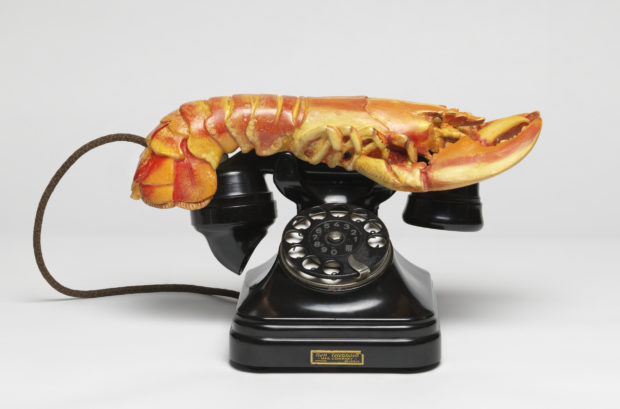
This ongoing revolution never stops and is articulated well by the artists featured in the Tate exhibition. The famous Lobster Telephone by Dalí and the antler-like shape positioned on a buffalo’s hoof by Artur Cruzeiro Seixas associate two apparently disconnected objects in a playful and unsettling way. It is a provocation that suggests looking at everyday objects in a different way which makes them alive and haunts familiar spaces. The relationship between the elements of the artworks is connected in a poetical and artistic way instead of the common logical or rational way. They express protest and a subverted reality that is considered more powerful and truer than the everyday. According to Surrealists, ordinary reality is biased by the logic of economic profit and imperialist policies. This protest was expressed, for example, in the civil rights movements and in the manifestations against the Vietnam War in the USA. In a similar perspective, the anxiety of some of the narratives of the pictures, such as Max Ernst’s Two Children are Threatened by a Nightingale and the haunting atmosphere of Rita Kernn-Larsen’s Phantoms or Yves Tanguy’s A Thousand Times, convey a space out of time that opposes the artificial constructions of the logic concerning the establishment, focusing on alternative realities.

Some Surrealist artists supported, via their work, movements against dictatorships, such as the graffiti-like picture by Miró of the student revolution of May 1968 and the artwork of some Caribbean artists such as Wifredo Lam who merged Afro-Cuban traditions with a search for freedom. Eugenio Granell is another example of an artist with radical thinking who used Surrealism as an artistic tool to attain personal and societal liberation. He fled Spain after the defeat of the Spanish Republic in 1939, lived in different countries in Central America and founded the group Mirador Azul (Blue Outlook) in Puerto Rico.
References to sexual desire are frequent, as we can see in Konrad Klapheck’s Alphabet Passion, in which the repeated bicycle bells suggest the female sexual organ being penetrated by the ‘male’ propeller painted on top, and in the female figures of Hans Bellmer’s photos. Cage by Alberto Giacometti conveys a sense of the constriction of the individual whose world is restricted to a limited area. The elements of the composition are almost compressed against each other, suggesting suffocation and lack of space. The relation between the internal and the external is prevented by the bars of the cage that do not let the figure go beyond its limits, though the space between the bars suggests the possibility of a way out. The elements inside the cage have geometrical shapes that imply a figure, maybe a female one.
The diverse suggestions that the exhibition conveys give a comprehensive idea of what Surrealism has expressed in almost a century of uninterrupted cultural, political and artistic activities around the world. The different products of this fertile movement invite the viewer to look at our familiar world with renewed eyes and from fresh viewpoints, unleashing the imagination to fulfill its wildest and total uninhibited potential.




